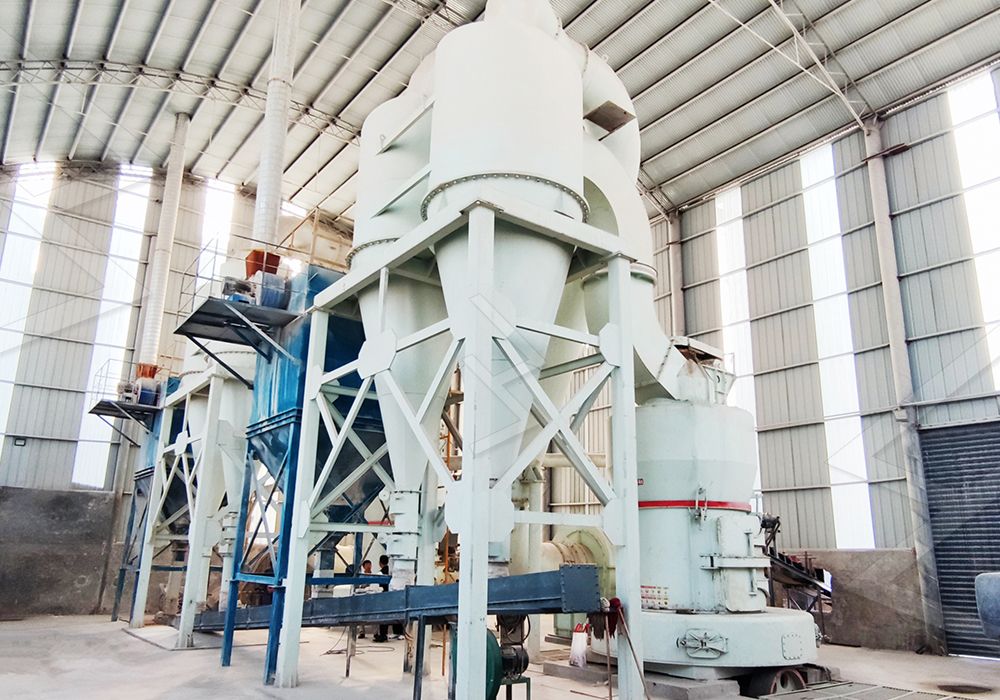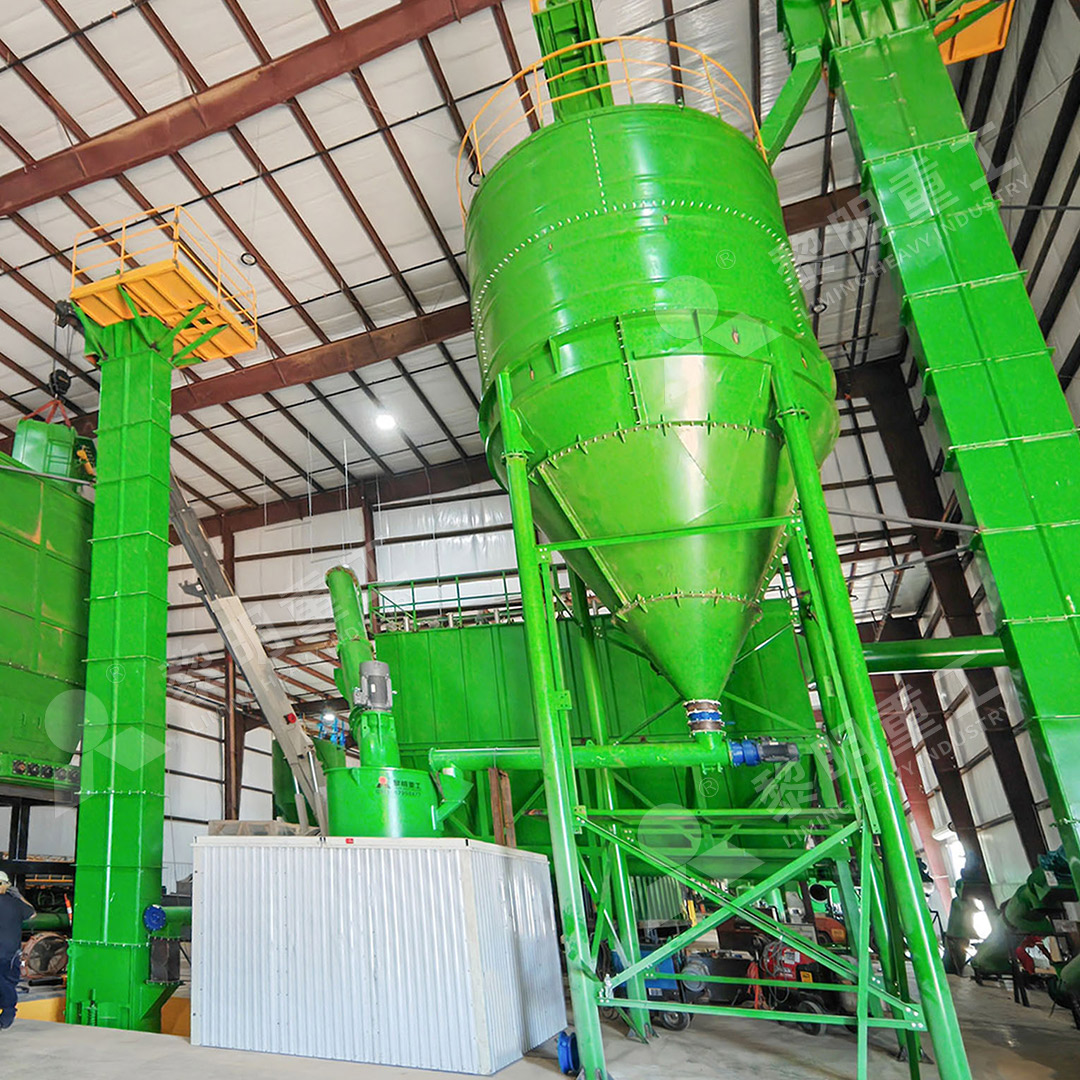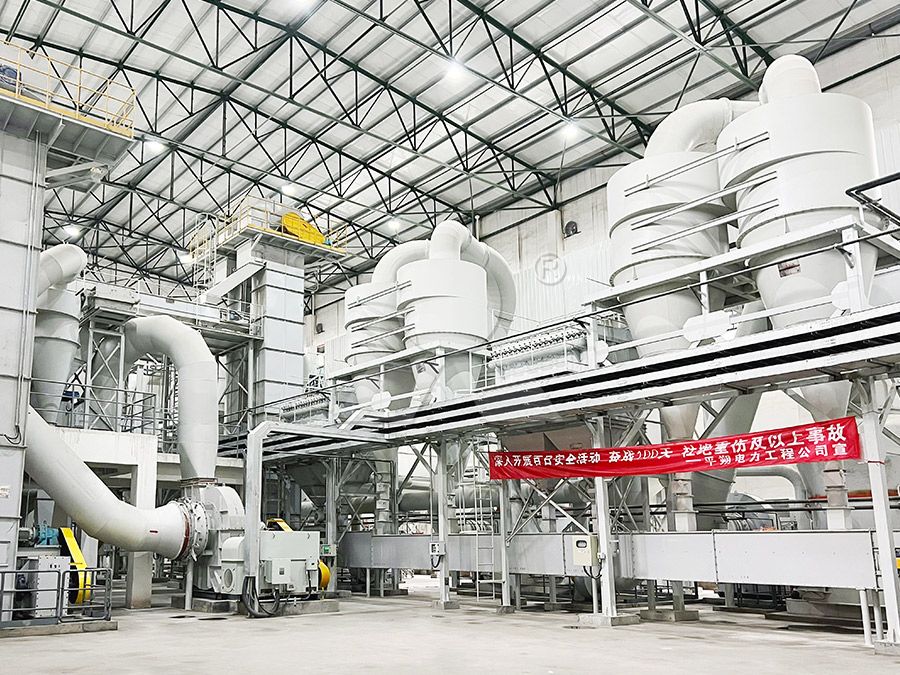How to Grind Quicklime: A Step-by-Step Process Guide
How to Grind Quicklime: A Step-by-Step Process Guide
Grinding quicklime (calcium oxide) requires precision and the right equipment to achieve the desired fineness for various industrial applications. As an experienced plant manager with over 15 years in mineral processing, I’ve compiled this practical guide to help you navigate the quicklime grinding process efficiently.
Understanding Quicklime Properties
Before beginning the grinding process, it’s crucial to understand quicklime’s unique characteristics. Freshly burned quicklime is highly reactive with moisture and generates significant heat during hydration. This exothermic reaction means you must control temperature and moisture exposure throughout the grinding process to maintain product quality and ensure operational safety.

Step-by-Step Grinding Process
Step 1: Material Preparation and Crushing
Begin with properly burned quicklime lumps, ensuring they’ve cooled sufficiently after the calcination process. Use a jaw crusher or hammer mill to reduce large lumps to particles of 0-20mm, which is ideal for most grinding mills. Proper crushing significantly improves grinding efficiency and reduces wear on your equipment.
Step 2: Drying and Pre-processing
Quicklime naturally absorbs moisture from the atmosphere, which can lead to hydration and reduced quality. If your quicklime has significant moisture content, consider pre-drying before grinding. Many modern grinding systems integrate drying capabilities, eliminating this as a separate step.
Step 3: Selecting the Right Grinding Equipment
The choice of grinding mill dramatically impacts your final product quality and operational costs. For ultra-fine quicklime powder required in advanced applications, I strongly recommend considering our MW Ultrafine Grinding Mill. This machine handles input sizes of 0-20 mm with capacities ranging from 0.5-25 tph, making it ideal for most quicklime processing operations.

What makes the MW series particularly effective for quicklime is its higher yielding and lower energy consumption compared to traditional mills. In our facility, we’ve observed production capacity increases of up to 40% higher than jet grinding mills with system energy consumption reduced to just 30% of comparable equipment. The adjustable fineness between 325-2500 meshes provides exceptional flexibility for different customer requirements.
Step 4: The Grinding Operation
Feed the crushed quicklime into your chosen grinding mill at a consistent rate. For the MW Ultrafine Grinding Mill, the motor drives the main shaft and turnplates through the reducer, which then drives dozens of rollers to rotate against the race way of the ring. The ground material moves through multiple grinding zones, with the blower carrying the powder into the separator where coarse particles are returned for regrinding.
Step 5: Collection and Packaging
The fine powder exits through the cyclone powder collector as final product. For quicklime, immediate packaging in moisture-proof containers is essential to prevent hydration during storage. The efficient pulse dust collector in the MW grinding system ensures no dust pollution during operation, maintaining a clean working environment.

Equipment Recommendation: MW Ultrafine Grinding Mill
Based on our extensive field experience, the MW Ultrafine Grinding Mill stands out for quicklime processing due to several key features:
- No rolling bearing & screw in grinding chamber: Eliminates concerns about bearing damage or loose screws causing machine failure
- External lubrication: Allows lubrication without shutdown, enabling 24-hour continuous production
- Eco-friendly operation: Efficient pulse dust collector and noise reduction features comply with environmental standards
- Precision manufacturing: Digitalized processing ensures high machining precision for core components
For operations requiring different specifications, our LUM Ultrafine Vertical Grinding Mill offers another excellent option with input size of 0-10 mm and capacity of 5-18 tph, featuring advanced grinding roller technology and German powder separating technology.
Best Practices for Optimal Results
To maximize your quicklime grinding efficiency:
- Monitor feed consistency to prevent mill overload
- Regularly inspect wearing parts and maintain proper lubrication
- Control ambient humidity in the grinding area
- Implement regular maintenance schedules based on operating hours
- Use original spare parts to ensure compatibility and performance
Frequently Asked Questions
What fineness can I achieve when grinding quicklime?
With the MW Ultrafine Grinding Mill, you can achieve fineness between 325-2500 meshes, with screening rates achieving d97≤5μm in a single pass.
How does quicklime grinding differ from limestone grinding?
Quicklime requires more careful moisture control and generates heat during processing. The chemical reactivity also means equipment must be sealed against atmospheric moisture.
What capacity can I expect from a standard quicklime grinding setup?
Our MW Ultrafine Grinding Mill processes 0.5-25 tph depending on the desired fineness, with higher throughput at coarser grinds.
Is special maintenance required for quicklime grinding equipment?
Regular inspection of seals and moisture protection systems is crucial. The MW series’ external lubrication system significantly reduces maintenance requirements compared to traditional mills.
Can the same equipment grind both quicklime and hydrated lime?
Yes, with proper cleaning between material changes. However, note that hydrated lime grinding typically requires different parameter settings.
